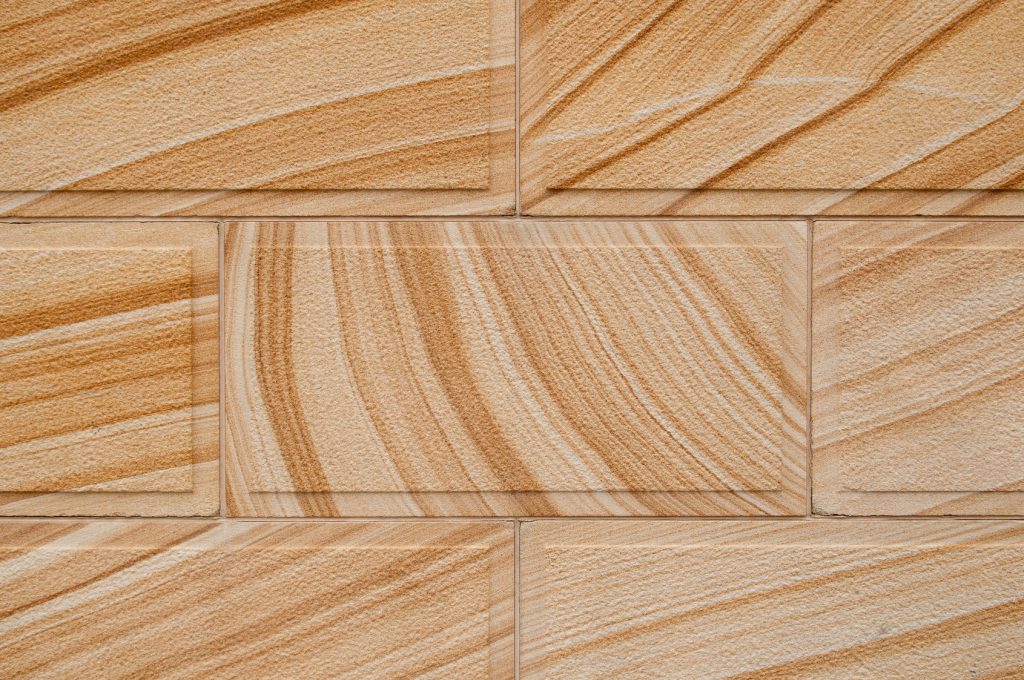There are a large number of homeowners who go for sandstone cladding almost everywhere in their homes as wall claddings, kitchen counterparts, floor tiles, stair threads, shower stalls and even pavers. The best thing is that they are 100% natural and do not produce any sort of hazardous or volatile chemicals.
But, how good are the reliable sandstone claddings for your house in different respects? Do they look good? Are they easy to maintain? And is there any expensive cost associated with them? Let’s find out.
What is Sandstone Cladding?
As the name suggests, these are simple form of claddings made from natural pieces of sandstones. They can even be placed on the exterior of your house to protect your house from the unpredictable weather and lend it the elegance that it deserves. They are attached to the wall or floor with the help of strong adhesives and you can remove the cladding and recycle them as well. They act as one of the best thermal insulators for your home. Additionally, you can use them for insulating sound in order to have a peaceful and clam atmosphere in your house.
4 Tips on Maintaining Your Reliable Sandstone Cladding
Maintaining sandstone, especially the claddings is quite easy. You just need to keep these 4 tips in mind and you will be able to maintain your sandstone cladding without any hassle.
1. Clean them Once a Week:
The first tip is about cleaning. Always make sure that you clean the sandstone cladding at least once a week. This is important because they often attract various pollutants and dust particles present in the environment like a magnet. Therefore, just a simple wipe using disinfectants is more than enough to clean your claddings perfectly.
2. Seal the Cladding After Installation:
Sandstone is a naturally porous rock which tends to absorb moisture and this can badly destroy the durability of your walls and the cladding. Hence, always make sure that you cover your sandstone claddings with the help of an insulated seal which will protect the cladding and the walls too. Often these insulators are placed after the glazing of the cladding is done.
3. Check for Scratches and Marks:
Quiet often it is seen that the sandstone claddings tend to wither due to rough usage. Mostly the claddings that are placed on the exterior of the house, in your garden, garage and pavers tend to develop minor scratches. When you find such scratches on your cladding, the immediate next step is to apply a sandstone sealant upon them in order to hide the scratch and block the opening that is caused because of the scratch. To do this, you can prepare a mixture of water and oxygen bleach and stir it together until the agents of the bleach are completely dissolved in water. After that, use a scrubber and dip it in this prepared solution. After that, scrub the area where the scratch is formed with the help of the scrubber. This helps in removing grime marks and dirt from the scratch. For finishing, just apply the sealant and you are done.
4. Replace the Insulation when Needed:
After prolonged usage, say 10-20 years, the insulation that was used in the making of the sandstone cladding starts to wither and the pores present in the stone come in contact with the atmosphere. Once again, this can be harmful for your walls. So, after every 10-20 years always remember to replace the insulation that you have used in the making of the sandstone cladding so that it can protect your walls always.
